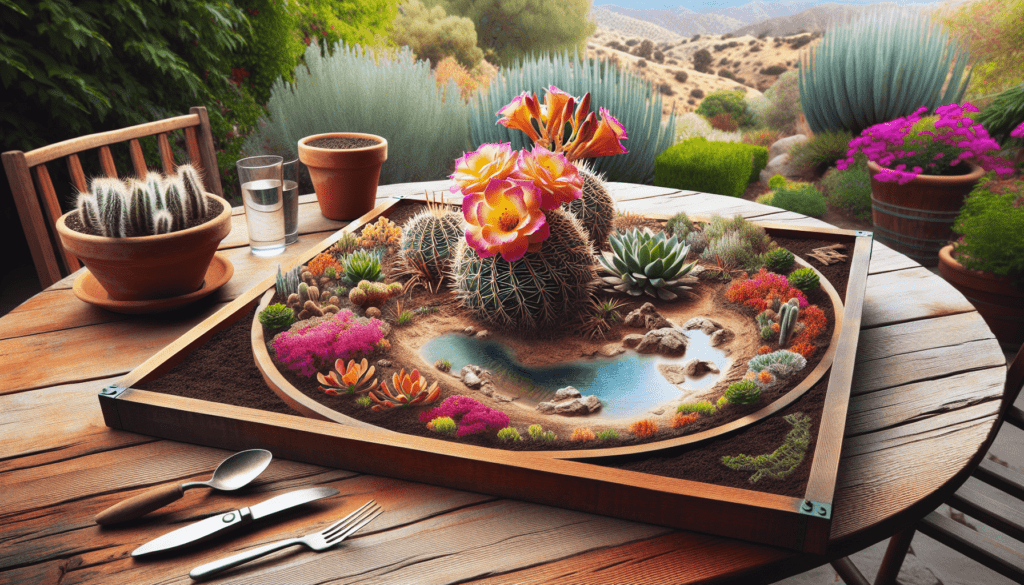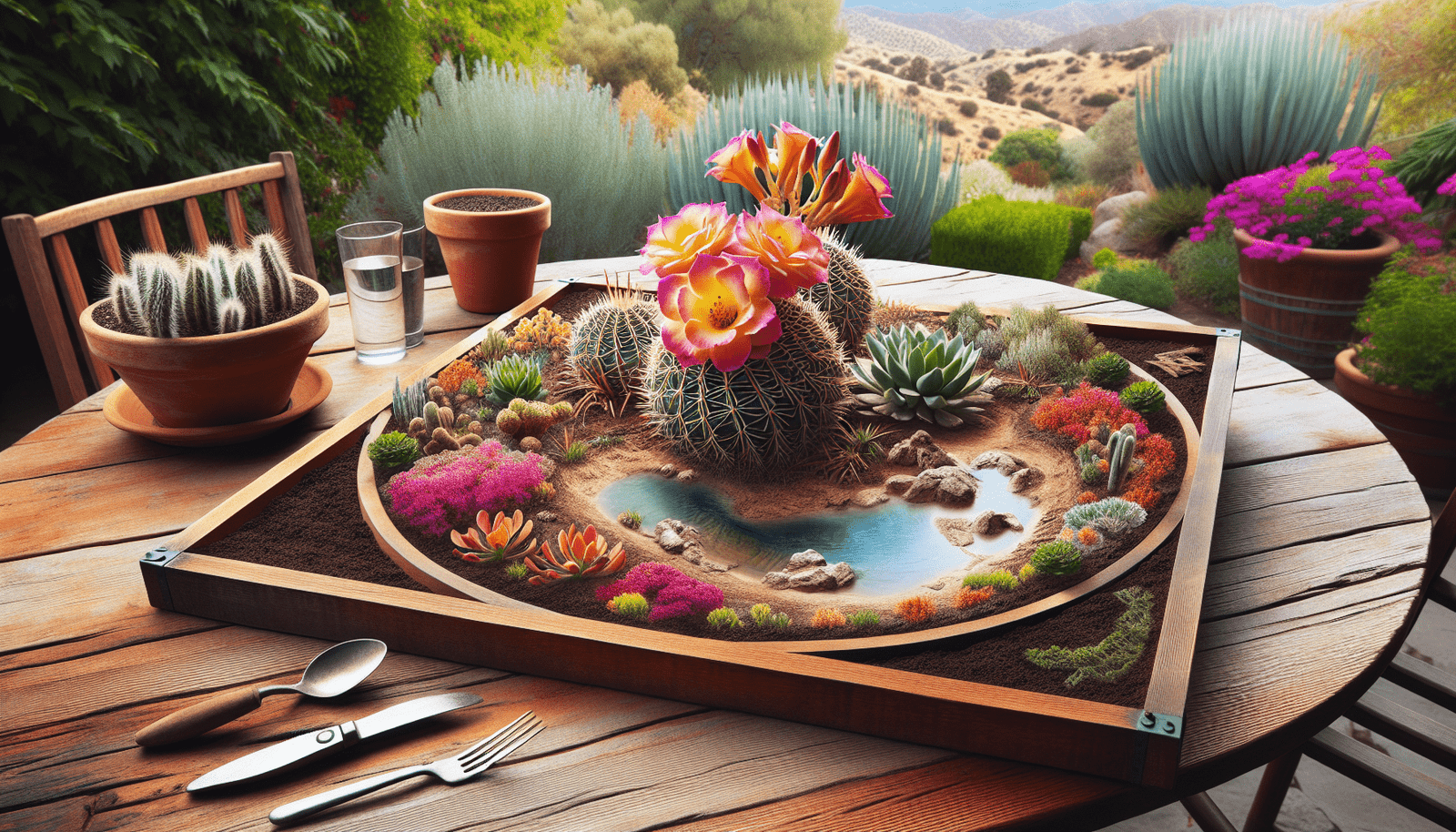The Best Techniques For Water Conserving Xeriscapes
Are you interested in creating a beautiful, low maintenance landscape that conserves water? Xeriscaping might be the perfect solution for you. This article will explore the best techniques for creating water-conserving xeriscapes in your own backyard.
What is Xeriscaping?
Xeriscaping is a landscaping method that focuses on water conservation. It utilizes drought-tolerant plants, efficient watering techniques, and mulching to create a beautiful and sustainable landscape. By incorporating xeriscaping principles into your garden, you can reduce water usage, save money on utility bills, and minimize maintenance needs.
Why Choose Xeriscaping?
Xeriscaping offers a variety of benefits beyond water conservation. By reducing the need for irrigation, xeriscapes can save you time and effort spent on watering and maintenance. Additionally, xeriscaping can increase property value, attract pollinators and beneficial insects, and create a unique and visually appealing landscape.
Designing a Xeriscape
When designing a xeriscape, consider the following elements to create a functional and aesthetically pleasing landscape:
Plant Selection
Choose native or drought-tolerant plants that can thrive in your region’s climate and soil conditions. Research different plant species to create a diverse landscape that blooms at different times of the year. Group plants with similar water requirements together to optimize irrigation efficiency.
Hardscape Features
Incorporate hardscape features such as paths, patios, and retaining walls to add structure and visual interest to your xeriscape. Use materials like gravel, stone, or mulch for walkways and borders to reduce water evaporation and prevent erosion.
Efficient Irrigation
Install drip irrigation systems or soaker hoses to deliver water directly to plant roots and minimize evaporation. Consider using smart irrigation controllers that adjust watering schedules based on weather conditions and plant needs. Mulch around plants to retain soil moisture and regulate temperature.

Soil Preparation
Healthy soil is essential for the success of a xeriscape garden. Improve soil structure and water retention by adding organic matter such as compost or aged manure. Conduct a soil test to determine pH levels and nutrient content, and amend the soil as needed to create an optimal growing environment for plants.
Watering Techniques
Practice deep and infrequent watering to encourage deep root growth and drought tolerance in plants. Water plants in the early morning to reduce water loss from evaporation and minimize moisture-related diseases. Avoid overhead watering methods that can waste water and promote fungal growth.
Maintenance Tips
Maintaining a xeriscape garden involves regular care and attention to ensure its long-term success. Follow these tips to keep your water-conserving landscape looking its best:
Weed Control
Regularly remove weeds to prevent competition for water and nutrients with desirable plants. Use mulch to suppress weed growth and retain soil moisture, and apply organic weed barriers to minimize maintenance needs.
Pruning and Trimming
Prune plants as needed to promote healthy growth and maintain an attractive shape. Remove dead or diseased plant material to prevent the spread of pests and diseases, and thin out overcrowded plants to improve air circulation and reduce water stress.
Fertilizing
Limit the use of chemical fertilizers in a xeriscape garden to minimize water pollution and nutrient runoff. Use organic fertilizers or compost to provide plants with essential nutrients while improving soil health and fertility. Apply fertilizers sparingly and follow recommended application rates to avoid nutrient imbalances.

Creating Wildlife Habitats
Xeriscapes can provide valuable habitat for wildlife, including birds, butterflies, and beneficial insects. Create wildlife-friendly features in your landscape to attract and support a diverse range of species:
Pollinator Gardens
Plant nectar-rich flowers and flowering shrubs to attract pollinators such as bees, butterflies, and hummingbirds. Include a variety of colors, shapes, and bloom times to provide continuous food sources for pollinators throughout the seasons.
Bird Feeders
Install bird feeders and bird baths to attract native bird species to your xeriscape garden. Provide fresh water for drinking and bathing, and offer a variety of seed mixes to attract different bird species with varying dietary preferences.
Insect Hotels
Build insect hotels or habitat structures to provide shelter and nesting sites for beneficial insects like ladybugs, lacewings, and solitary bees. Use natural materials such as bamboo, wood shavings, and pine cones to create diverse habitats for insects to thrive in.
Conclusion
Xeriscaping offers a sustainable and environmentally friendly approach to landscaping that conserves water, reduces maintenance needs, and creates a beautiful and biodiverse landscape. By incorporating the best techniques for water-conserving xeriscapes into your garden design, you can enjoy a low-maintenance and water-efficient landscape that benefits both your property and the environment. Start planning your xeriscape today and reap the rewards of a sustainable and vibrant garden for years to come.

